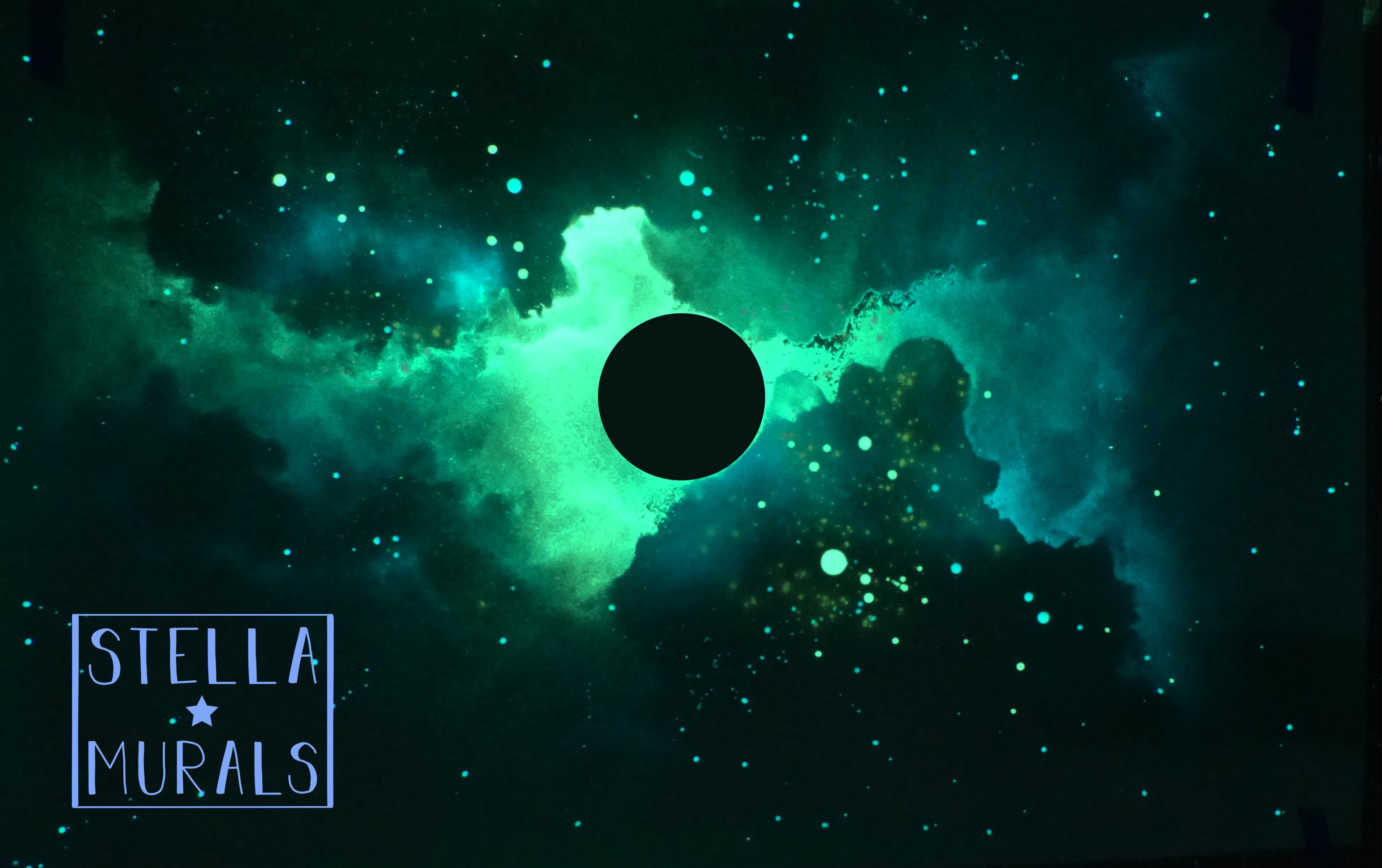
Black Holes
The Mystery of Black Holes in Space
Have you ever wondered about what black holes in space actually are? I have because I've painted around a few. They're like cosmic vacuum cleaners, eating everything in their vicinity. But what exactly are they?
A black hole is a space region where gravity is super strong. It happens when a massive star collapses and squeezes everything into a tiny space. The gravity becomes so powerful that not even light can escape – that's why it's called a black hole.
There are two parts of a black hole:
-
Singularity: That’s the center of a black hole, where all the star's mass is crammed into a tiny, super-dense point.
-
Event Horizon: Imagine a point of no return – that's the event horizon. Once something crosses that line, it gets pulled into the black hole, and there's no coming back.
There are three types of black holes:
- Stellar Black Holes: Made from collapsing big stars, with a mass up to 20 times our Sun.
- Intermediate Black Holes: Mysterious middleweights with masses between 100 and 1000 times our Sun.
- Supermassive Black Holes: Giants at the centers of galaxies, with masses from hundreds of thousands to billions of times our Sun.
How are they found when they are invisible?
You can't see black holes directly because they don't give off any light. But scientists find them by watching how nearby stuff acts due to the black hole's gravity or by detecting X-rays from hot gas swirling around them.
I like to think of black holes as cosmic vacuum cleaners with incredibly strong gravity. They're born when massive stars collapse, and they come in different sizes.
Quick links
About Stella Murals
Stella Murals is an Australian based glow in the dark art studio. Started in New Zealand in 2011, owned and operated exclusively by artist Esther Iranyi.

Leave a comment: